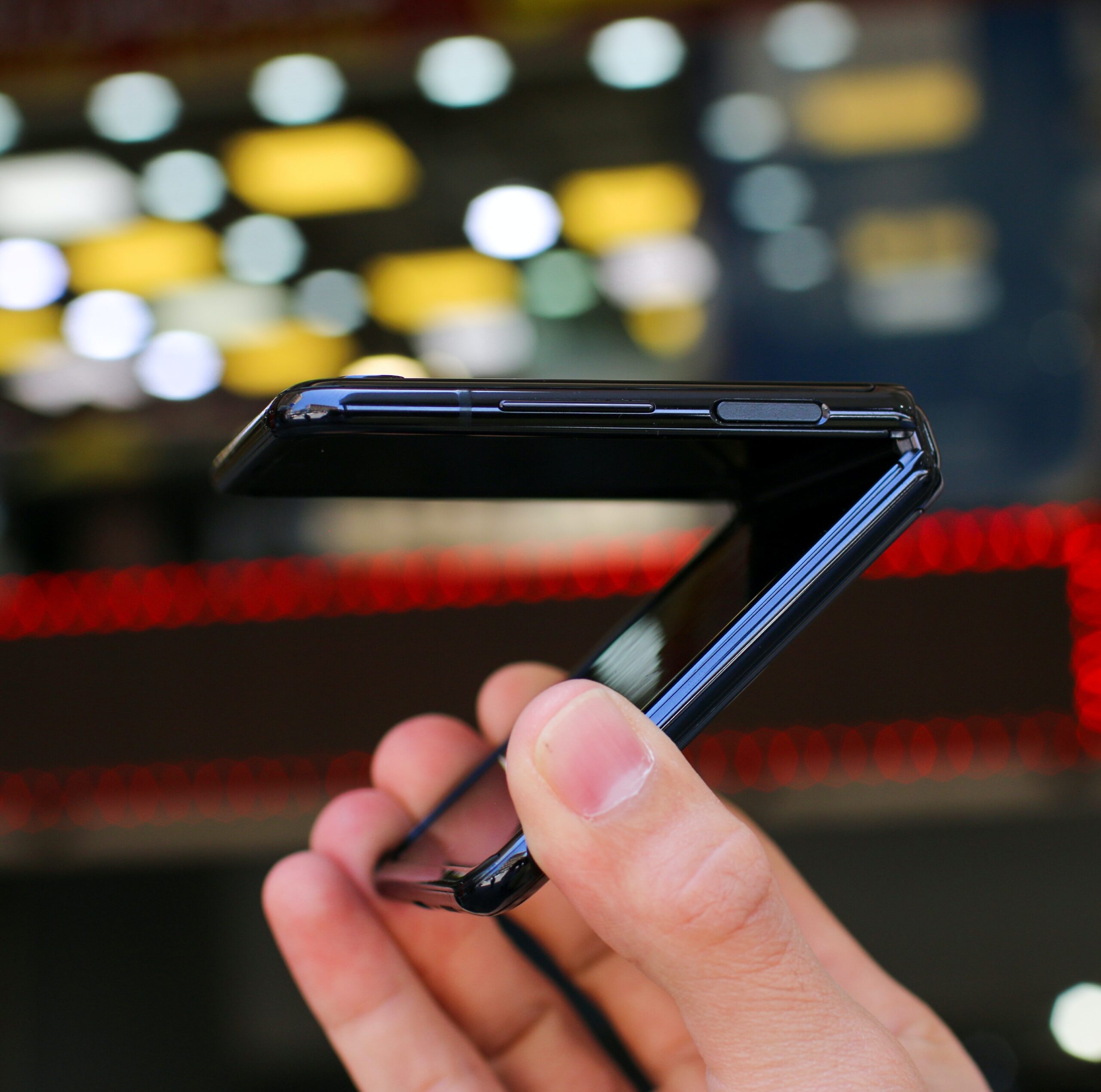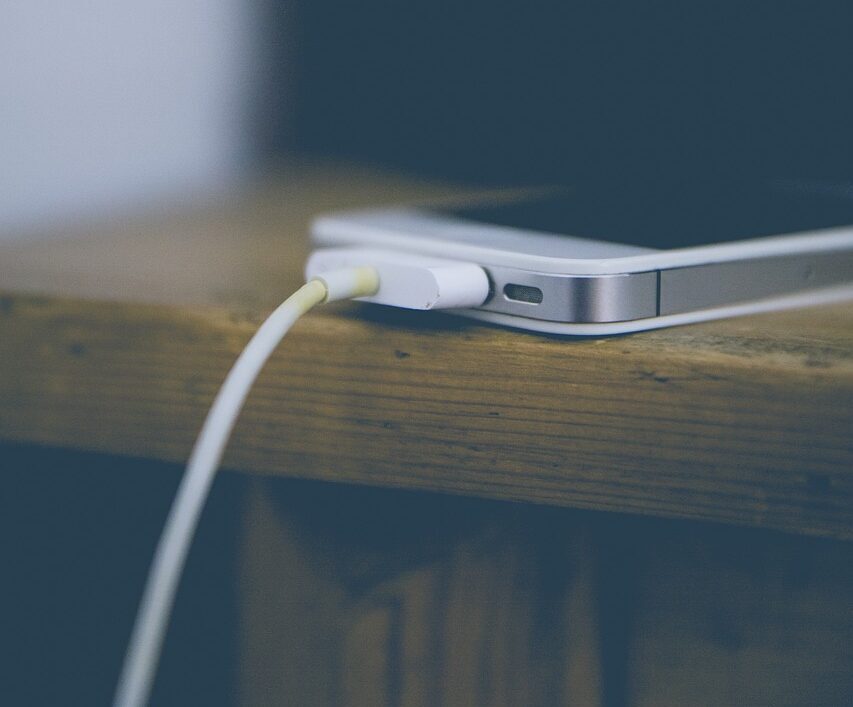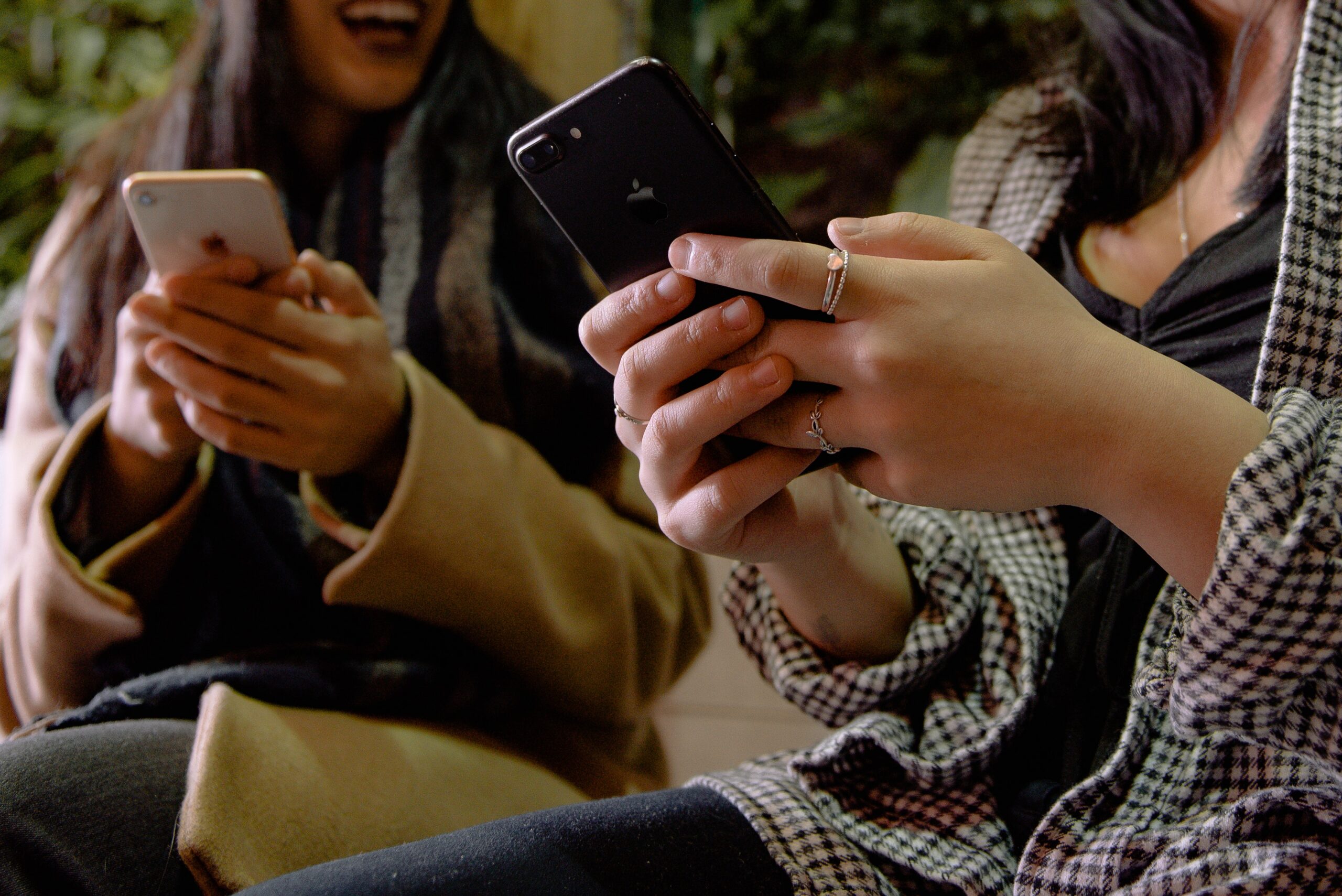See how your smartphone can influence traffic. The information is shocking.
Nowadays, using your cell phone while traveling, regardless of the mode of transport, is a common habit. Whether you want to access your GPS or simply tell someone “I’m coming soon,” these devices play an important role in people’s daily lives.
The problem is that it also requires reasoning, vision and attention, and the risk of accidents increases due to distraction of drivers and pedestrians. Therefore, during National Transportation Week, Fundect (Foundation for Supporting the Development of Education, Science and Technology of the State of Mato Grosso do Sul) presents important research on this topic. Continue reading and see the researchers' considerations.

Partnership between UFMS and Fundect
To understand the impact of cell phone use on road safety, researchers from the Federal University of Mato Grosso do Sul (UFMS), with support and investment from Fundect, are analyzing how people interact with their devices while walking or driving.
Research coordinator Professor Gustavo Christofoletti explained that around 200 volunteers will perform activities in three different reference studies. The first focused on analyzing individuals walking with and without the devices. The goal is to analyze the impact on balance and movement. The researchers said they used Qualisys, a high-precision optoelectronic camera system considered the gold standard in movement analysis, to perform the analysis.
In the second “baseline study,” researchers will observe pedestrians in real-world traffic environments, on public roads, and in a variety of uncomfortable situations. This approach allows them to analyze how pedestrians use of the device affects people's behavior in real-world situations. This takes into account factors such as road irregularities, environmental noise, lighting and flows of people and vehicles.
Driver analysis
The third “baseline study” looks at driver behavior. However, due to legal restrictions (safety concerns), the researchers will use a driving simulator to conduct their observations.
According to the research coordinator, the analysis of the static and dynamic balance of the participants is carried out using two platforms: the “BioMac” force platform from the company MG Systems and the Baroscan from the company HS Technology.
Preliminary results
Early results from testing on individuals show that mobile phone use affects both younger and older people. However, older people are more affected by the natural balance changes associated with aging.
Furthermore, a recent article published in the journal Brain Science highlights the impact of cognition on dual-tasking, especially in older adults who already experience natural cognitive decline as they age. During this period, coordinator Gustavo Christofoletti took advantage of Fundect resources to acquire the Italian Baiobit equipment, which aims to determine angles and displacements and further enrich the analysis of human movements in the laboratory.
A research project focused on pedestrians is in its final stages, with researchers starting the second half of the year to analyze the impact of pedestrian use cell phones for drivers. The study involves master's and doctoral students who provide resources and knowledge in the area of ambulation in collaboration with the Center for Rehabilitation and Support for Patients with Alzheimer's and Multiple Sclerosis.



